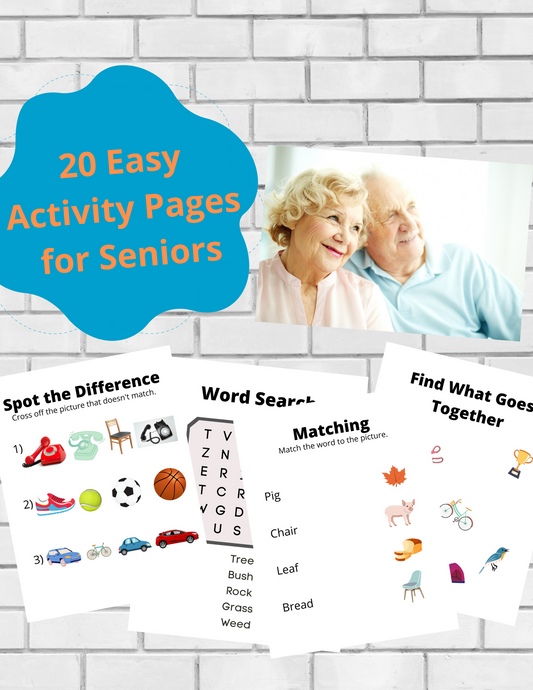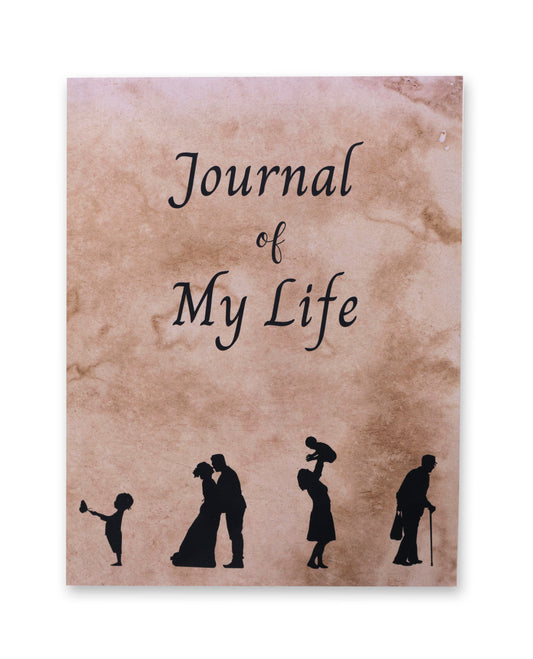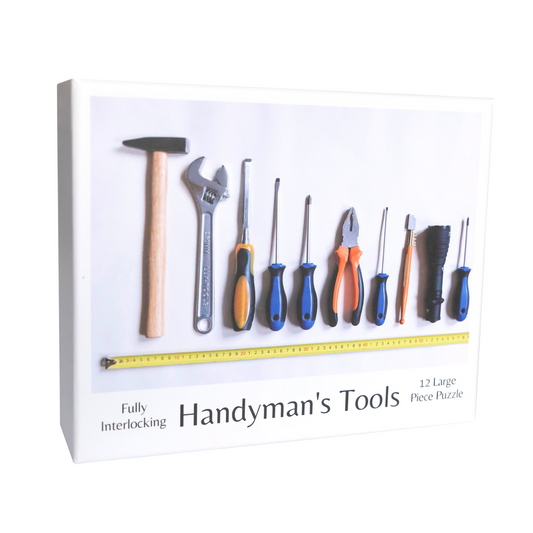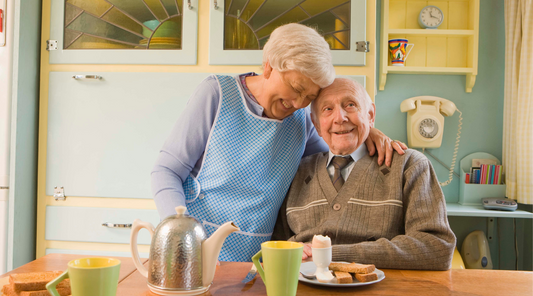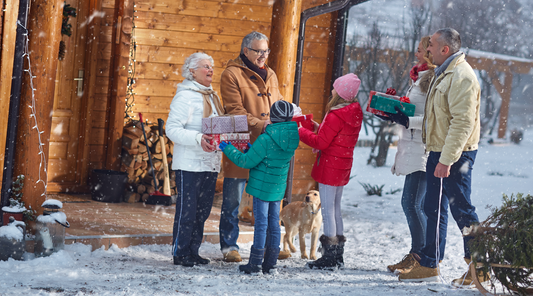Why are activities important for seniors with dementia?
When you are caring for a loved one with dementia or working as a caregiver for people with Alzheimer’s or dementia, it can be a challenge to find an activity that engages them at their ability level without having to head to the store. The key is identifying activities that create active engagement and give them purpose. If they do it without complaining, smile during the activity, or bring it up later in a positive light, you can be sure you’ve nailed it! Actively engaging in the world around you with purpose promotes brain function and combats depression. Finding ways to facilitate participation, interaction, and engagement is key to the well-being of those with memory loss.
How do you engage dementia residents in activities?
Let’s start with some reminders on facilitating success.
- Create a calm and quiet environment to reduce the opportunity for distraction (this is the #1 mistake of caregivers). Even a dog walking in the room can be enough for them to lose their concentration.
- When you present the activity, get their attention by using a low and calm tone. Position yourself a couple of feet away from them and just below them when talking.
- Give clear and simple verbal cues just to the extent that they are needed to foster their independence at the task.
- Be sure you’re presenting the activity at a time of day when they are alert and open to engaging.
- Give positive feedback for their active participation.
- Adapt the activity so that it is failure-free, meaning no matter how they complete the activity they will be successful.
- Finally, rather than correcting their mistakes, use words and cues to shape the situation for their success.
7 Free Activities for Seniors with Dementia or Alzheimer’s
1. Ball Rolling
Have the senior sit at a table that is cleared off. Sit opposite of them keeping in mind the tunnel vision they may have. Roll a tennis ball (or another ball) slowly to them. They’re likely to respond intuitively by catching the ball and rolling it back to you. This activity promotes attention to task, motor coordination, and processing speed.
How to make it easier:
- Roll the ball slower, directly to them, and be sure they’re snug against the table.
- Ensure they are positioned properly with their feet flat on the floor and are able to easily reach the ball.
- Have contrasting colors for the ball and the table (if you have a dark colored table use a bright colored ball).
- Push the chairs around the table to provide a guard to keep the ball on the table.
How to make it harder:
- Roll the ball faster or off to the side where they need to reach further.
- Have them use their non-dominant hand.
- Add counting to promote a brain challenge. For example, “I’ll say one and you say two. Ready?” For those with higher-level thinking skills, they might be able to name items from a category. Such as, “When we roll the ball, state a boy’s name.” Avoid correcting them if they start repeating the same boy’s name.
- Try having them roll the ball to a target (such as a plastic cup), or bowling by knocking down some pop cans lined up.
Note: Using the adaptations below, this activity is appropriate for all stages of dementia.

2. Water a Plant
Bring a small plant or flower to the table and have your loved one water it using a cup or watering can. Watering a plant promotes standing balance and coordination. Caring for another living thing, such as a plant, promotes having a purpose in life which helps combat depression.
How to make it easier: Demonstrate how to do it and give simple cues. Have the person sit down if necessary.
How to make it harder:
- Have the person water all the plants and flowers in the area, filling up the watering can or cup themselves.
- Pinch off dead flowers and leaves.
- Make watering the plant the person’s responsibility to promote caring for another living thing.
Note: This activity is appropriate for all stages of dementia.

3. Balloon Batting
Have them sit in an open area and hit a balloon directly back and forth with you. Balloon batting promotes motor coordination, attention to task, processing speed, standing or sitting balance, and cardio capacity. The variations promote the ability to multi-task and upper body strengthening.
How to make it easier:
- To allow them more time to process what’s happening, catch the balloon and pause before tossing it back.
- Toss the ball so it lands gently on their lap, rather than hitting their face, which can be startling for them.
How to make it harder:
- Increase the speed of the game.
- Have them stand to play.
- Increase how far they have to reach to get the balloon.
- Have them use their non-dominant hand to hit the balloon.
- Add the challenge of counting with balloon batting, alternating the counting, such as, “I’ll say one, you say two…” Try naming things from a category when you both hit the balloon. For example, “let’s name a food every time we hit it.”
- Improve their arm strength with the task by having them wear one-pound wrist weights.
Variation: Balloon batting using a racquet to hit the balloon is a fun alternative.
Note: Using the adaptations, this task is appropriate for all levels of dementia.

4. Find the Color
Gather small items that are a solid bright color, such as bottle caps, scraps of fabric, resistance bands, markers, or sticky notes. While the person with dementia is sitting at a table, spread out the items in front of them and ask them to find an item of a particular color. This task promotes attention to task, visual discrimination, and fine motor coordination.
How to make it easier:
- Limit their choices to just a few items in a few bright colors that are easy to grab.
- Have them pick it up or just point to the item.
- Use simple cues, “find something blue.”
- They may have tunnel vision, so be sure the items they need to identify are right in front of them.
How to make it harder:
- Add more items of various colors.
- Have them find all the items of that color.
- Instead of sitting, have them stand while doing this activity.
- Try placing various objects throughout the room (such as on the kitchen counter or table) and have them locate all the items of a particular color.
Note: This activity is most appropriate for people with moderate dementia, but feel free to give it a try at any stage!

5. Clear the Wall
Fold some pieces of bright tape so only a small amount of sticky surface is exposed. Place the pieces on a blank wall. Have the senior sit in front of the wall and pull off all the pieces of tape. This task promotes the ability to reach, fine motor coordination, sitting balance, and focused attention.
To make it easier:
- Use brighter tape that contrasts the wall color.
- Keep items in their line of vision and easy to reach.
- Manipulate the tape so it’s easy to grab.
- If they are able to stand at a sink and hold on to the counter, reaching to retrieve tape pieces placed around the sink is an easy alternative that promotes standing ability.
To make it harder:
- Progress from sitting to standing.
- Have them reach further to remove the tape by spreading the tape out on the wall, or around the kitchen sink. Again, working at the kitchen sink allows them to stabilize while standing.
- Have them stick the pieces of tape into a pile once removing them.
- Turn this into a speed task by having them clear all the tape pieces within a designated amount of time, setting a timer with a slightly longer duration than they’ll need so they are successful.
Note: This activity is most appropriate for moderate dementia but works for all stages when focusing primarily on improving their standing tolerance or standing balance.

6. Where's the Number?
Place small sticky notes randomly on the wall with a large number on it with a black marker, “1, 2, 3, etc.” Have them pull off the sticky note with the number you call out. This activity promotes focused attention, motor coordination, balance, problem-solving, and visual discrimination.
To make it easier: Keep the sticky notes in easy reach and directly in front of them, limiting the sticky notes to three.
To make it harder:
- Put many numbers on the wall randomly and have them pull them off in numerical order or reverse order.
- Try having them stand instead of sitting.
- Spread out the items on the wall so they have to reach further.
Note: This game is most appropriate for moderate dementia.

7. Stack Measuring Cups
Bring out nested measuring cups and place them randomly in front of them. Have them place them back to their nested spot. A good way to add purpose to the task is to ask for their help. You might say, “I need some help getting these measuring cups put back, could you help me by fitting them back together?” This activity promotes focused attention, motor coordination, problem-solving, and visual discrimination.
To make it easier: Line them up in the correct order for placement.
To make it harder:
- Add measuring spoons or two sets of measuring cups to the mixture of what needs to be sorted.
- A similar challenge is matching plastic storage bowls to their lids. Add the challenge of standing.
Note: This activity works well for all stages when using the tips to make it easier or harder.



